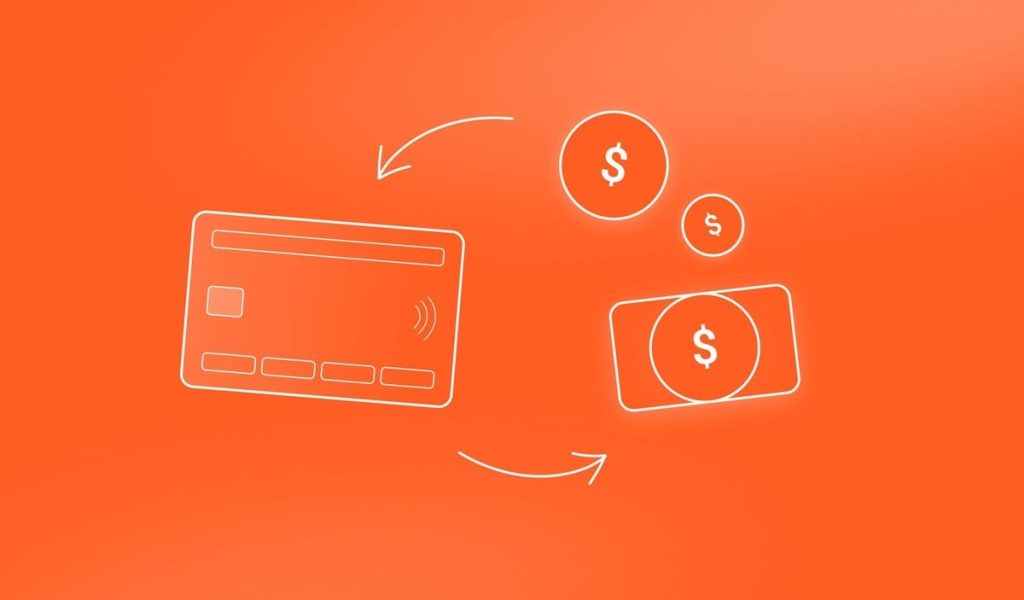Chargebacks are a growing problem for businesses. In 2020, businesses lost an estimated $17.5 billion due to chargebacks and fraud. Managing and preventing chargebacks requires clear strategies that directly tackle the causes. Below are 10 effective ways to minimize chargebacks, backed by industry standards and data.
What Causes Chargebacks?
There are three primary causes of chargebacks:
- True Fraud: A purchase made using a stolen credit card.
- Friendly Fraud: Customers dispute legitimate purchases, often because they don’t recognize the charge, or to avoid a return process.
- Operational Errors: Mistakes like wrong amounts charged or products not delivered as promised.
Chargeback Rates by Industry
| Industry | Chargeback Rate (%) |
|---|---|
| Retail | 0.65% |
| Digital Goods | 1.5% |
| Travel and Airlines | 2.2% |
| Subscription Models | 0.85% |
Sectors like airlines and digital goods have higher rates due to the nature of their services, which often lead to disputes.
1. Clear Return and Refund Policies
Customers often file chargebacks when they can’t easily return a product. Simplifying this process reduces disputes.
Recommendations:
- Display policies on product pages and at checkout.
- Make the return process clear and easy to follow.
Visa emphasizes the importance of clear refund policies to reduce disputes.
2. Effective Customer Service
Prompt and effective customer service prevents chargebacks. Resolve issues early, before they escalate into disputes.
Key Tips:
- Offer multiple communication options (email, chat, phone).
- Address complaints quickly and effectively.
- Confirm purchases and follow up to avoid confusion.
Resolving customer complaints within 48 hours reduces chargebacks by up to 40%.

3. Secure Payment Processes
Security is critical to reducing fraudulent chargebacks. Tools like Address Verification System (AVS) and Card Verification Value (CVV) can help verify transactions.
Best Practices:
- Use 3D Secure 2.0, required in Europe and highly recommended elsewhere. It adds a layer of protection by authenticating transactions.
- Payment processors like Stripe offer fraud detection tools, such as Stripe Radar.
| Verification Method | Description | Effectiveness |
|---|---|---|
| AVS | Verifies the billing address of the cardholder | High |
| CVV | Uses the card’s security code | High |
| 3D Secure 2.0 | Adds an extra authentication step | Very High |
4. Billing Descriptor Optimization
Unrecognized billing descriptors lead to unnecessary chargebacks. Ensure your descriptor clearly identifies the business.
Tips:
- Use the business name customers recognize.
- Include contact information in the descriptor.
5. Delay Billing Until Shipping
Billing customers before shipment often leads to disputes over non-receipt of goods. Sync billing with shipping to reduce confusion.
Solution: Set payment gateways to charge customers after shipping.
6. Proof of Delivery
To defend against claims that goods weren’t received, businesses must provide proof of delivery.
Steps:
- Use signed delivery receipts for physical goods.
- Track IP addresses or use delivery confirmations for digital goods.
Providing proof of delivery can reduce disputes by 60%.
7. Chargeback Prevention Services
Many payment processors offer chargeback prevention services that alert businesses before a chargeback is processed. Merchanto.org, a certified Visa and Mastercard partner in chargeback prevention, offers tools to help businesses reduce disputes. You can learn more at Merchanto.

8. Monitor for Fraud Red Flags
Proactively monitoring transactions for fraud reduces chargebacks. Look for indicators like mismatched billing and shipping addresses or unusually large orders.
Common Red Flags:
- Mismatched addresses.
- Large orders that seem unusual for a customer.
- Requests for immediate or next-day shipping.
9. Accurate Product Descriptions
Discrepancies between a product description and the actual item can result in disputes. Avoid this by providing detailed and accurate product information.
Ensure:
- Clear images and dimensions.
- Honest descriptions of product features.
10. Analyze Chargeback Data
Regularly reviewing chargeback data helps identify trends and root causes of disputes. Address common issues to prevent future chargebacks.
Key Metrics:
- Chargeback rate: The percentage of transactions that result in chargebacks.
- Reason codes: Understanding why chargebacks occur allows for targeted improvements.
| Chargeback Reason | Description | Prevention Strategy |
|---|---|---|
| Fraudulent Transaction | The card was used without authorization | Use 3D Secure, AVS, CVV |
| Goods Not Received | Customer claims they never received goods | Use shipping tracking and proof of delivery |
| Product Not as Described | Product didn’t match the description | Provide accurate descriptions and images |
Conclusion
Chargebacks pose significant risks to businesses, both financially and operationally. By implementing these strategies, businesses can significantly reduce their chargeback rates and protect their revenue.
By taking proactive steps to secure transactions, ensure transparent policies, and track chargeback data, businesses can minimize the risk of disputes and maintain smooth operations.



